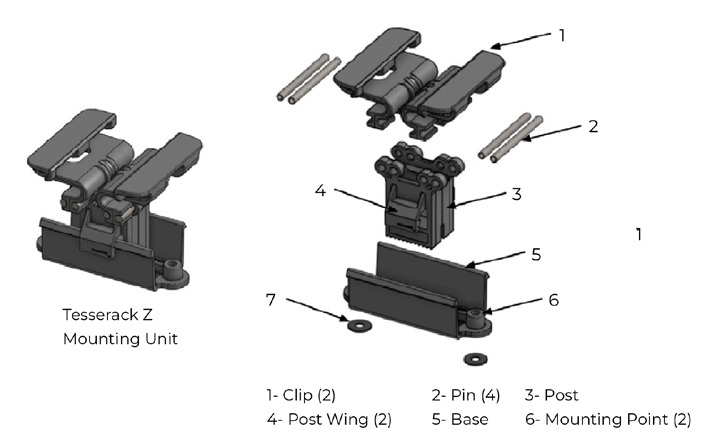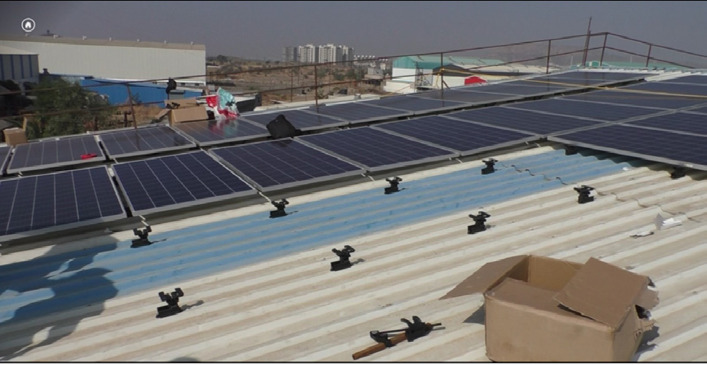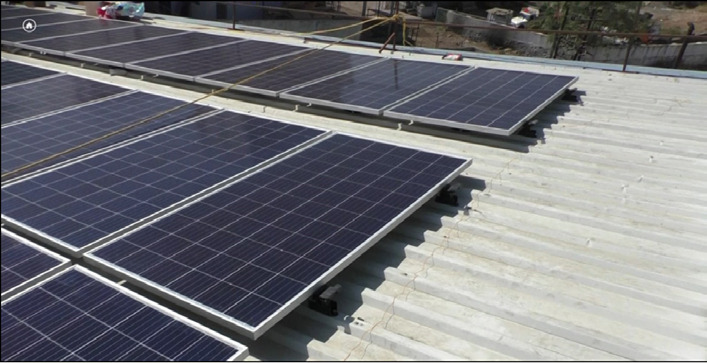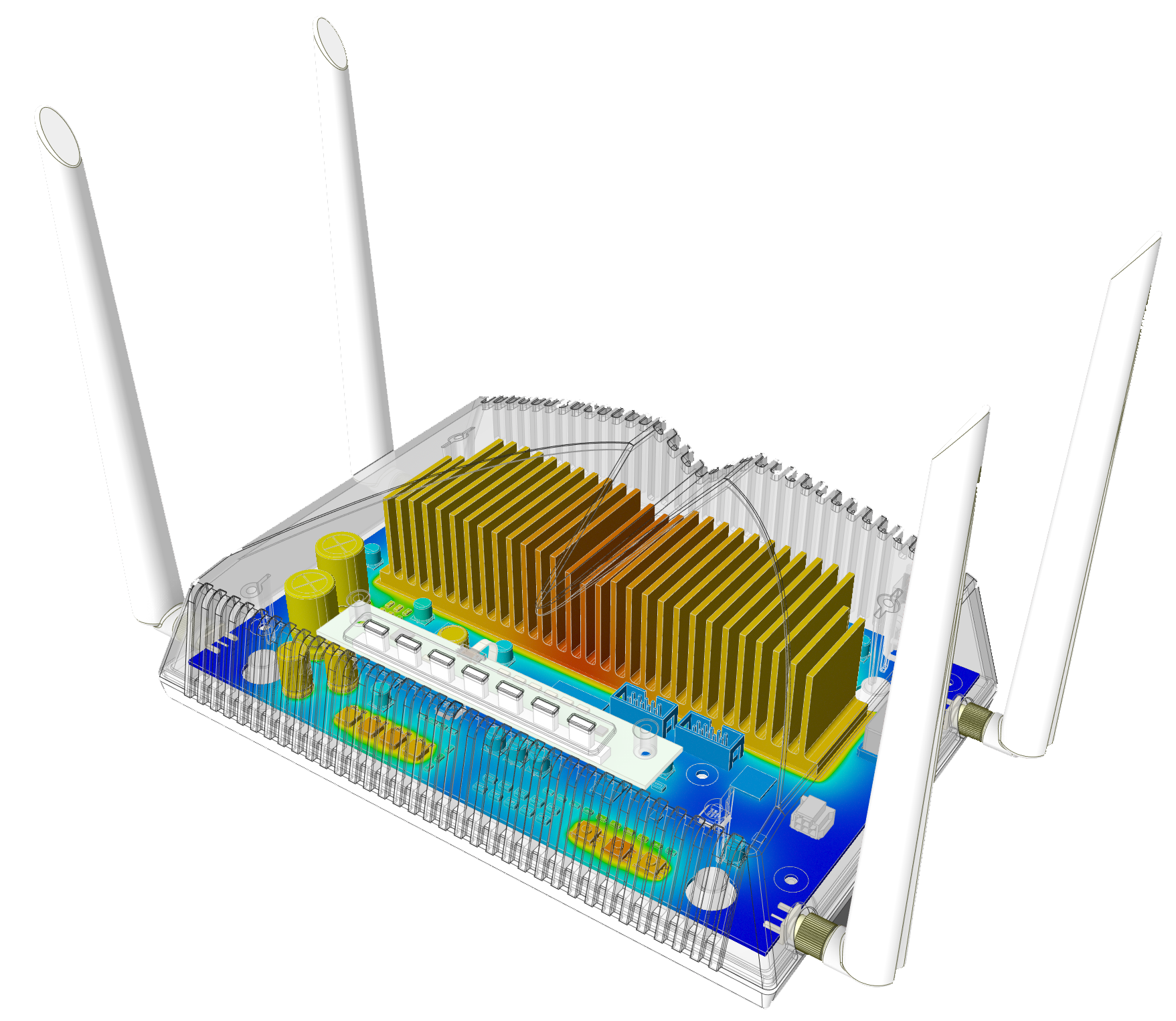Owner: Kylie Battles | Publication date: 20-07-2022
Field of expertise:
Methods:
Application area:
Industry:
Solar is one of the most rapidly growing sectors within the renewable energy industry. Cost pressures from competitive energy sources have led to major advances in solar panel efficiency and price declines in solar modules over the past decade. As a result, solar hardware innovation, including hardware and soft costs reduction (e.g., labor, supply chain and other overhead expenditures), has become more important in controlling total system cost.
Tessolar Inc. is a rapidly growing product design and manufacturing company focused on reducing the cost of photovoltaic energy systems through innovative hardware design. The company has developed a suite of solar module mounting hardware that is significantly simpler than conventional mounting hardware. Tesserack™ polymer composite mounting hardware enables much faster installations, leading to significant reductions in overall system cost.
Business challenges
Challenges were improving solar mounting systems by reducing parts, lowering overall costs and simplifying installation while maintaining structural integrity. Failure mechanisms and load capabilities of part design under various wind and snow loading conditions had to be understood, as well as the interactions between solar array rows under wind loads. They also simulated potential changes in material properties due to UV exposure, temperature and moisture across a 25-year lifespan.
Technology used
They used Ansys Mechanical, Workbench, HPC, Discovery Live and Cloud softwares.
Engineering solution
The preliminary designs were evaluated based on FEA simulation assumptions of material properties, boundary conditions and applied forces. First they chose an initial design for rapid prototyping, then subjected it to simulated and full system test load conditions. Consequently, they observed behaviours and test-to-failure conditions and re-evaluated simulation assumptions to improve predictive value. Finally, they produced iterative prototypes until meeting design load requirements.
Benefits
Ansys simulations have reduced the cycle time between iterative designs and, more significantly, reduced the number of design and test cycles to arrive at a part that meets application requirements. Simulation has improved the starting point for alternative and second-generation designs. Engineers have gained a better understanding of failure modes and can now predict design options most likely to improve product performance.

Components and assembly unit of Tesserack Z

Commercial rooftop solar project installation

Final look of solar panels and rooftop mounting hardware installed on the roof
